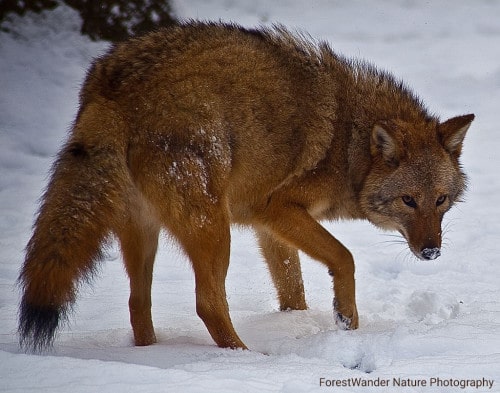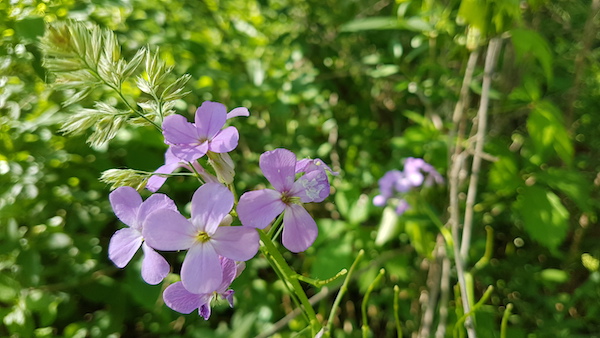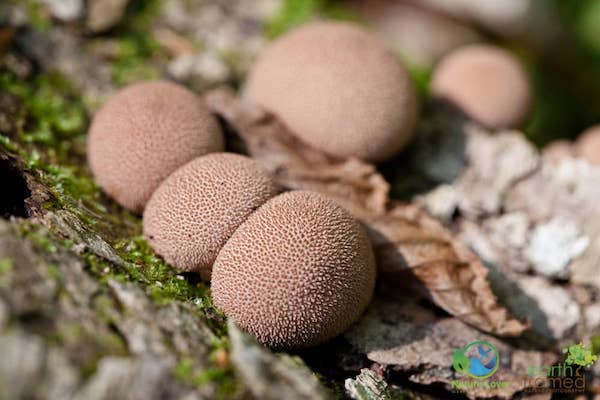Eastern coyotes are also known as coywolves because they are a hybrid, or a mix of the western coyote and the eastern wolf. Many researchers believe that the coywolf hybrid began in Algonquin park in the early 1900’s. The following video shows an illustrated timeline and history of the origins of the coywolf.
Coywolves breeds in February, after which their five or six pups are born in April or May. Depending on where they live, their lifespans range from 5 years, for those living in more populated areas, to 12 years for coyotes living in protected areas.
Coyotes eat a variety of foods depending on what is available in their territory and what season it is. In the winter, they eat rabbits, hares and deer. During the rest of the year, their diet includes smaller mammals (rodents, rabbits, mice and voles), as well as wild berries, birds, amphibians, grasshoppers, and deer fawn.
Coyotes are very adaptable and do well in both rural and urban environments. Many people have heard their howls, barks, throat growls and even yips during the night, but few have actually seen one. We would definitely be shocked to learn about the number of coyotes living in highly populated areas, such as Toronto.
Check out this guide on the urban coywolf to learn about what to do if you encounter one and how to protect your pets and property: Urban Coywolf Guide.
 Coywolf Facts:
Coywolf Facts:
[two_third_last]
[/two_third_last]
Sources:
“Eastern Coyote – Fact Sheet.” Ministry of Natural Resources, Ontario (2010): n. pag. 16 Feb. 2010. Web.
“Quick Facts About The Eastern Coyote.” Coyote Watch Canada. N.p., n.d. Web. 15 Apr. 2015.






